jokerstone
TPF Noob!
- Joined
- Aug 18, 2007
- Messages
- 1
- Reaction score
- 0
hey there
i was just wondering, when shooting photos where u want the backgorund blurred and the subject clear in the foreground what settings need to be enabled on the camera? im using a canon a80
also is there a way IN CAM to make the subject in the foregraound appear in color but the backgorund blurred and in b/w?
thanks
i was just wondering, when shooting photos where u want the backgorund blurred and the subject clear in the foreground what settings need to be enabled on the camera? im using a canon a80
also is there a way IN CAM to make the subject in the foregraound appear in color but the backgorund blurred and in b/w?
thanks



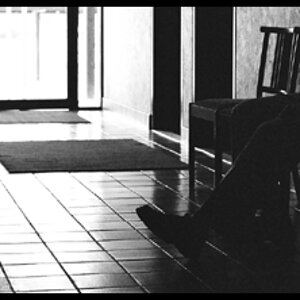
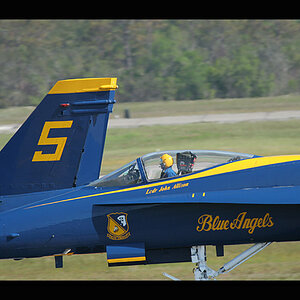
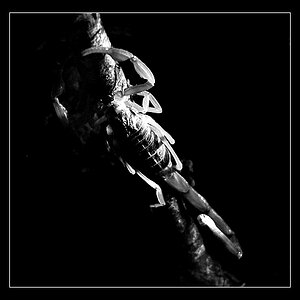
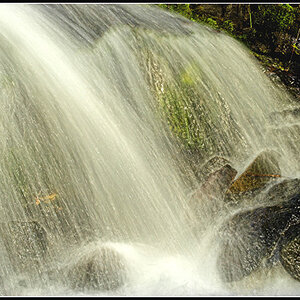
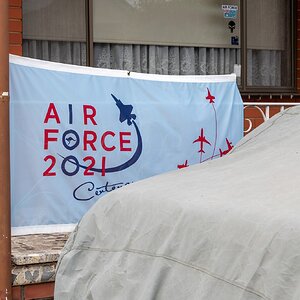
![[No title]](/data/xfmg/thumbnail/42/42230-fa8ace50a80342c7d91db1431f911bab.jpg?1619740048)
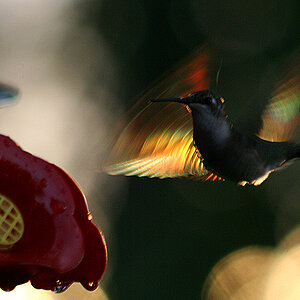
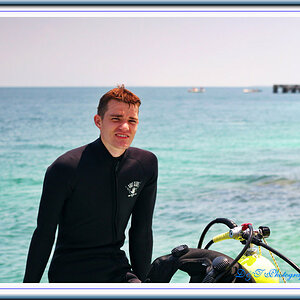
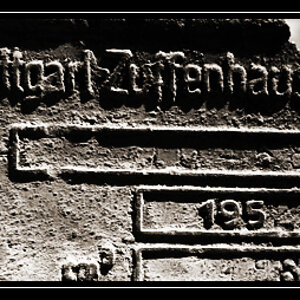
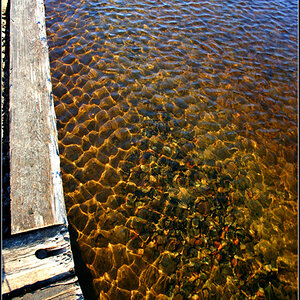
![[No title]](/data/xfmg/thumbnail/37/37536-3578b4f283f738d862be62d896fa52d5.jpg?1619738132)